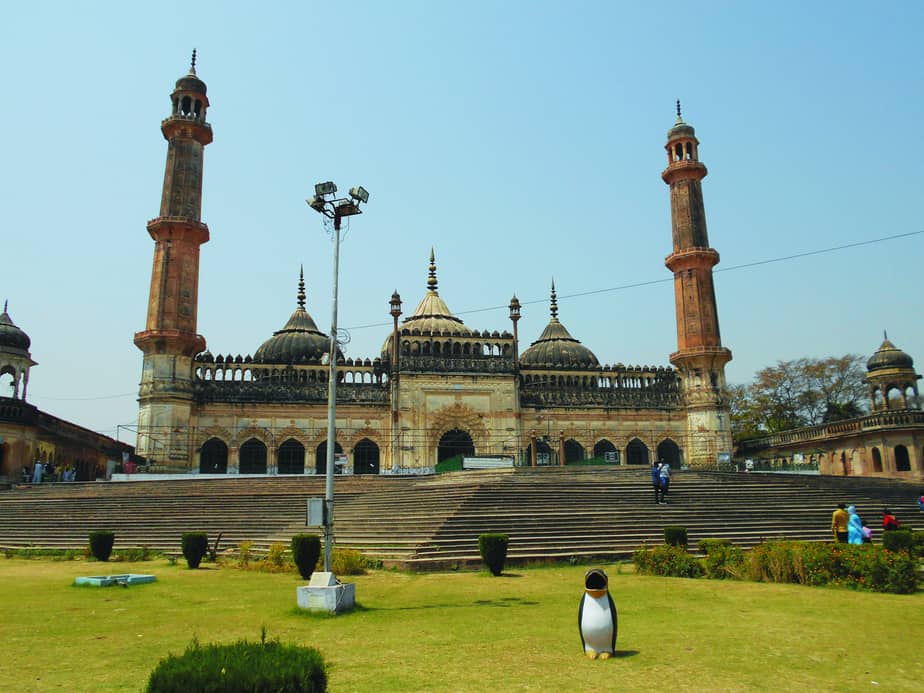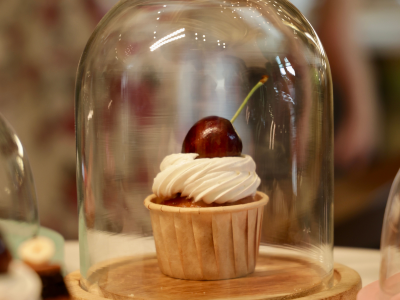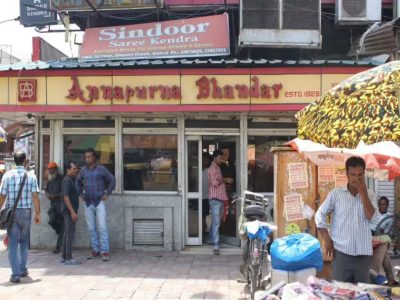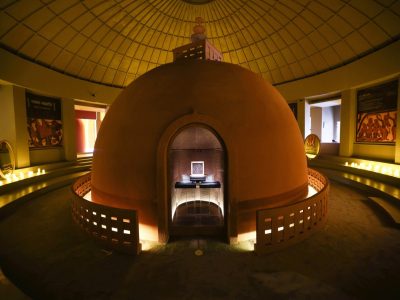There is history at every turn, an architectural gem in every corner. Nawabi Lucknow has an unmatchable charm
The sun shone bright, it was starting to get hot. But that did not deter me from lacing my shoes, putting on my hat and sunglasses, picking up my water bottle, and stepping out on the streets of a city we all love, the city of tehzeeb (etiquette). We were on a Heritage Walk organised by Novotel Lucknow, with 33-year-old guide Arun Singh to show us around. Armed with a Master’s degree in tourism management from IITTM, Gwalior, he had a rich repertoire of local stories which he pulled like rabbits out of his hat at every monument we visited.
Old world charm
Time stands still in Lucknow’s heritage zone. As we stood in the centre of the huge hall of Bara Imambara, I was floored at the stunning architecture. Jharokas, delicate arches, embellish the largest vaulted hall in the world with no columns and pillars. Nawab Asaf-ud-daula constructed this imposing work of art where the ceiling is left hollow, thus creating a criss-cross of passageways, tunnels and corridors, dubbed ‘Bhool Bhualiya’ by locals. “No pillars and columns to support the hall?”, I asked Arun and he repeated “No ma’am”, patiently. This is the beauty of Bara Imambara, also called as Asafi Imambara which has such a heartwarming story behind its construction: Nawab made it to give employment to the locals during a severe famine.
The Asafi Mosque and Shahi Baoli are other attractions here worth spending time and clicking pictures.
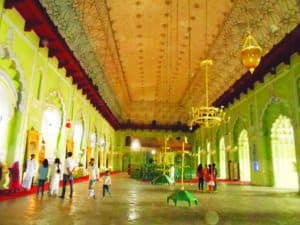
Hussainabad Imambara
Next we were transported to the front of Chota Imambara, also called Hussainabad Imambara, situated to the west of the big one. The facade belies the interiors, the grandeur of which unfolds gradually. It was a splendid visual treat, lavishly decorated and oozing with riches in terms of architecture, intricate calligraphy on its walls, stunning ornate Belgian chandeliers and gilt-edged mirrors. What stands out is its Golden Dome. Truly a star monument, it was built by Nawab Muhammad Ali Shah in 1838, and it houses his and his family’s tomb.
I was keen to see the incredible Jama Masjid of the city from close quarters. It reflects the style of Mughal architecture as well as the pillars showcasing carvings inspired from Hindu and Jain culture. If you have the time, step in the nearby picture gallery to have a look at life-size portraits of the Nawabs who made this city what it is.
Rumi Darwaza
We stood dwarfed in front of a 60-ft high spectacular Gateway which leads to the Old City. Made by Nawab Asaf-ud–daula in 1784, it is said to have been inspired by The Turkish Gate at Constantinople, Turkey.
One can make out a blend of Mughal and Rajputana architectural style. It was designed by Kifayatullah, an outstanding architect who was behind the design of Bara Imambara as well. Arun asked us not to miss how beautifully it is built of bricks and coated with lime, extraordinary detailing all along its façade.
Husainabad Clock Tower
We walked towards the 221-ft high Clock Tower to get a clear picture of the gun metal, set in Victorian Gothic style. Locals call it ‘Ghantaghar’ and Arun tells us it was built by Nawab Nasiruddin Haidar to honour the arrival of Sir George Couper, first Lt Governor of United Province of Awadh in 1887. Arun points out that the dial is shaped like a 12-petalled flower with small bells surrounding it. Indeed, a fulcrum of the city, I felt.
Residency
As we walked around the sprawling estate dotted with ruins, the place evoked many tales of the tenure of Nawab Saadat Ali Khan. The remains of each building, i.e., the Church, Stables, Barracks or the Dispensary, told a saga of tragic events in front of my eyes. The Residency was under siege during the 1857 uprising. The cemetery in the ruined church here has the graves of thousands of British people who died during the siege. You can spend some time at the Residency Museum and look at a collection of pictures and relics of those times.
The inimitable ‘Chowk’
Finally, we were in the middle of the Chowk, which I thought was the beating heart of the city. I wandered around little bylanes looking for chikan and zardosi work that Lucknow is famous for (besides other things). I walked towards Aminabad and found the iconic Tundey Kabab, a 100-year-old outlet tucked in a corner of the bustling street. I watched a nearly hysterical crowd waiting to get their order as the rumali rotis and kababs were being rolled out at dashing speed to please everyone. The locals are full of the tales of legendary late Haji Murad Ali who started this outlet in a very humble form. It is said, being one- armed (tundey), he cooked with one hand.
An interesting story has been passed down through generations that the melt-in-the-mouth ‘Gilawat Kebab’ which has penetrated in metros’ fine dining Awadhi menus, was specially made for the Nawab of Lucknow, Wajid Ali Shah by his rakabdar (royal cook) as the Nawab had lost all his teeth. He wanted his master to enjoy the soft preparations in which he used no less than 150-odd spices to make one kabab as the authentic Awadhi recipe.
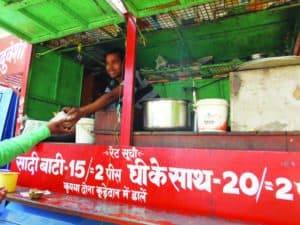
Large-hearted locals
A significant part of the Heritage Arc, Lucknow lets you discover and soak in the old world charm of the city. But it is the locals of this amazing city who actually stir your heart. Can I ever forget that teenaged boy who refused to ask girls to pay for the Litti Choka they ate from his stall? They relished it, complimented him, smiled and walked off. Much to my astonishment, the boy smiled and said, “Rehney deejiye, unko humara khana achha laga, wahi kaafi hai.” (Let them go, they liked my food, that is enough).
Quick Bites Not To Miss
Morning tea with bun maska at Sharma Tea Stall in Hazratganj
• The legendary Bajpayee’s Poori Aloo as breakfast
• The crispy ‘Matara Chaat’ from Shukla Chaat in Hazratganj
• Prakash Kulfi in Aminabad
• ‘Malai Gilori’ from Ram Asrey
Navigator
Getting there: Lucknow has an international airport, and an extensive railway network which connects the city with all major Indian destinations. One can also reach by road via regular buses from all major cities or your own car, as the highways are smooth.
Where to Stay
• Novotel, Gomti Nagar, smart and budget-friendly
• Hotel Lebua or the Taj for a luxurious stay

